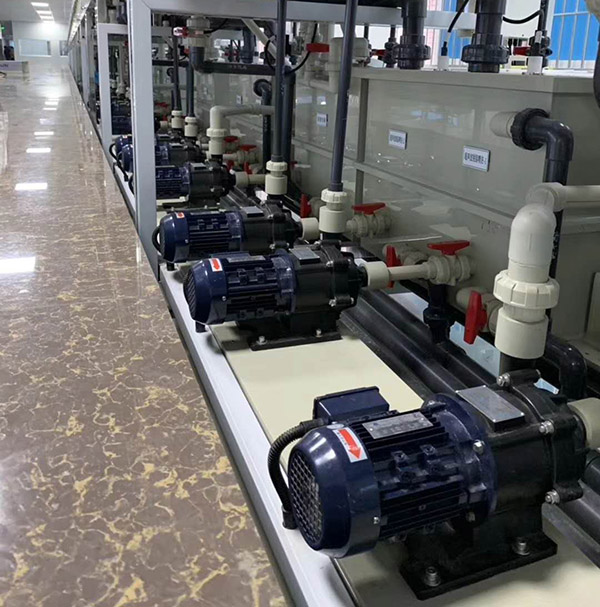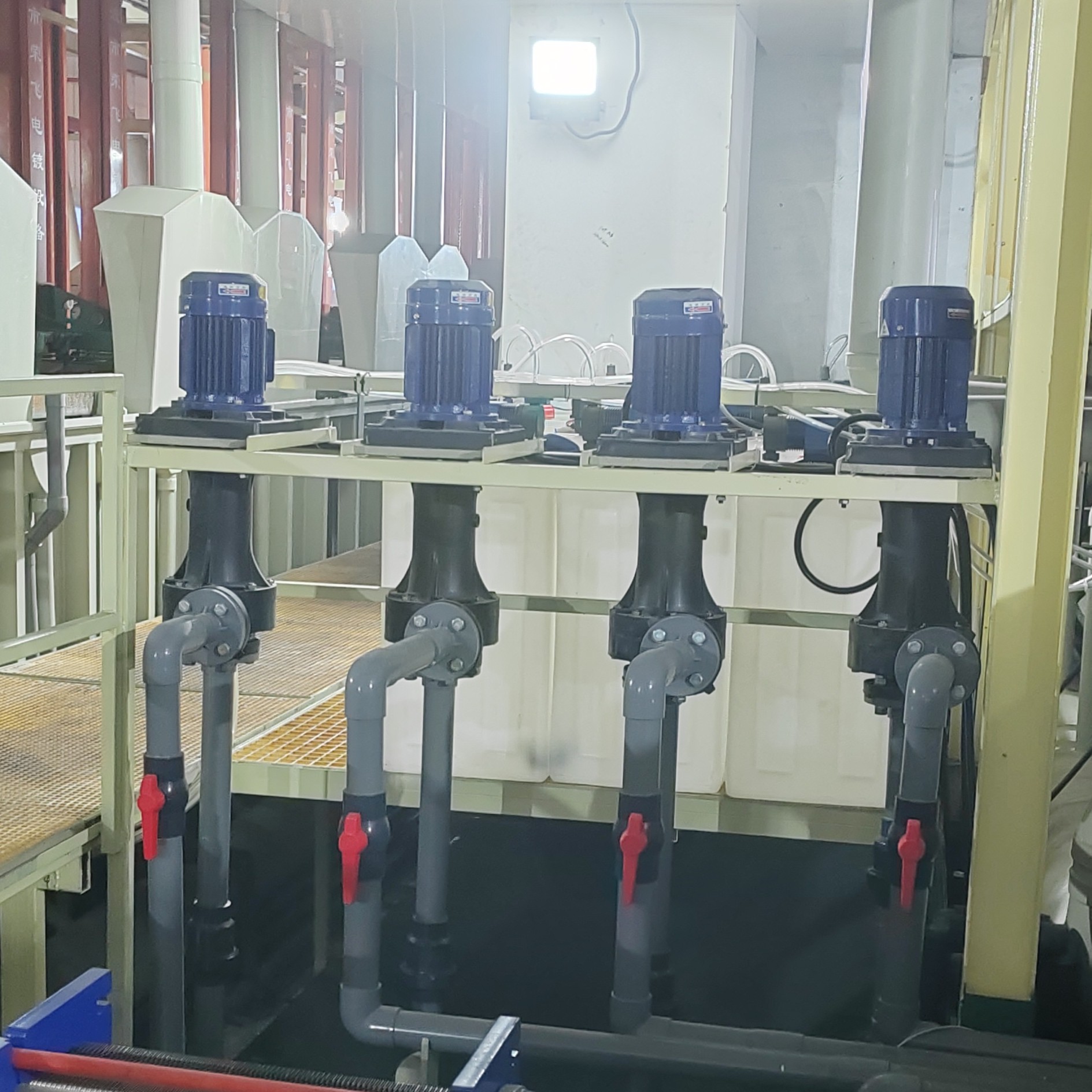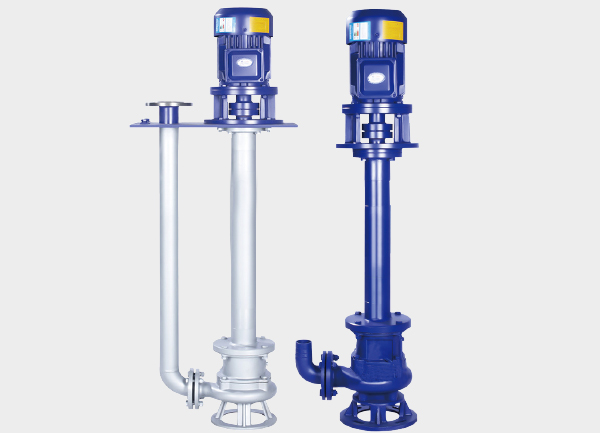Chemical pumps are the heart of industrial chemical processes. Their efficiency directly affects energy consumption, production costs, and overall system reliability. Improving pump efficiency not only reduces power usage but also extends equipment lifespan and minimizes maintenance expenses. This article explores practical and technical methods to enhance the efficiency of chemical pumps from the perspectives of design, selection, operation, and maintenance.

1. Optimize Pump Selection
Choose the Right Pump Type for the Application
Proper pump selection is the foundation of efficiency. Each type of chemical pump is designed for specific operating conditions:Centrifugal pumps: Ideal for low-viscosity, high-flow liquids
Magnetic drive pumps: Suitable for toxic, corrosive, or leak-sensitive fluids
Screw pumps: Designed for high-viscosity or shear-sensitive media
Choosing the right type ensures that the pump operates within its optimal performance range and minimizes energy waste.
Keep the Operating Point Near the Best Efficiency Point (BEP)
A pump performs most efficiently at or near its BEP — typically between 80% and 100% of the rated flow. Operating too far from this point can cause vibration, cavitation, and excessive power consumption.
2. Improve Pump Structural Design
Optimize the Impeller Geometry
The impeller plays a crucial role in determining pump performance. By refining the blade profile, improving flow channel curvature, and reducing hydraulic losses through CFD (Computational Fluid Dynamics) optimization, the efficiency can be significantly increased.Use 3D flow simulation to refine the impeller design
Employ closed or double-suction impellers to minimize recirculation losses
Reduce Hydraulic and Mechanical Losses
Smooth transitions and optimized flow passages reduce turbulence and friction losses. Precision machining and advanced casting techniques help minimize internal resistance.Use Advanced Materials
Applying corrosion-resistant and wear-resistant materials, such as high-grade stainless steel or fluoroplastics, prevents degradation over time, maintaining efficiency in harsh chemical environments.
3. Enhance Operational Control
Implement Variable Frequency Drive (VFD) Control
Using VFDs to regulate motor speed allows the pump to adapt to fluctuating system demands without throttling, reducing unnecessary energy loss.Avoid Low-Load and Overload Operation
Operating a pump too far below or above its design flow rate increases mechanical stress on bearings and seals, leading to efficiency losses and premature wear.Optimize the Piping System
Simplifying the pipeline layout, reducing bends and valves, and minimizing frictional losses ensure smoother flow and lower energy demand.
4. Strengthen Maintenance and Monitoring
Regularly Inspect Seals and Bearings
Leakage from mechanical seals or worn bearings increases resistance and energy consumption. Routine checks and timely replacement are essential.Keep Internal Components Clean
Deposits or scaling inside the pump housing reduce effective flow area and increase hydraulic losses. Regular cleaning maintains peak performance.Use Online Monitoring Systems
Smart monitoring technologies track parameters such as vibration, temperature, and current in real time. Early detection of efficiency drops allows predictive maintenance and avoids costly downtime.
5. Adopt Energy-Saving and Smart Technologies
Install High-Efficiency Motors
Using IE3 or IE4 premium-efficiency motors can reduce energy losses by over 10%, improving overall pump performance.Leverage Digital Twin and Predictive Maintenance
Digital twin models simulate pump behavior under varying conditions, helping engineers optimize performance and predict potential failures before they occur.Utilize Energy Recovery Systems
In high-pressure applications, incorporating hydraulic turbines or energy recovery devices can reclaim excess pressure energy and convert it into usable power.
6. Conclusion
Improving chemical pump efficiency is a comprehensive process involving careful selection, optimized design, intelligent control, and proactive maintenance. By integrating modern energy-saving technologies and digital monitoring solutions, chemical plants can achieve higher productivity, lower operating costs, and a more sustainable, eco-friendly production system.







